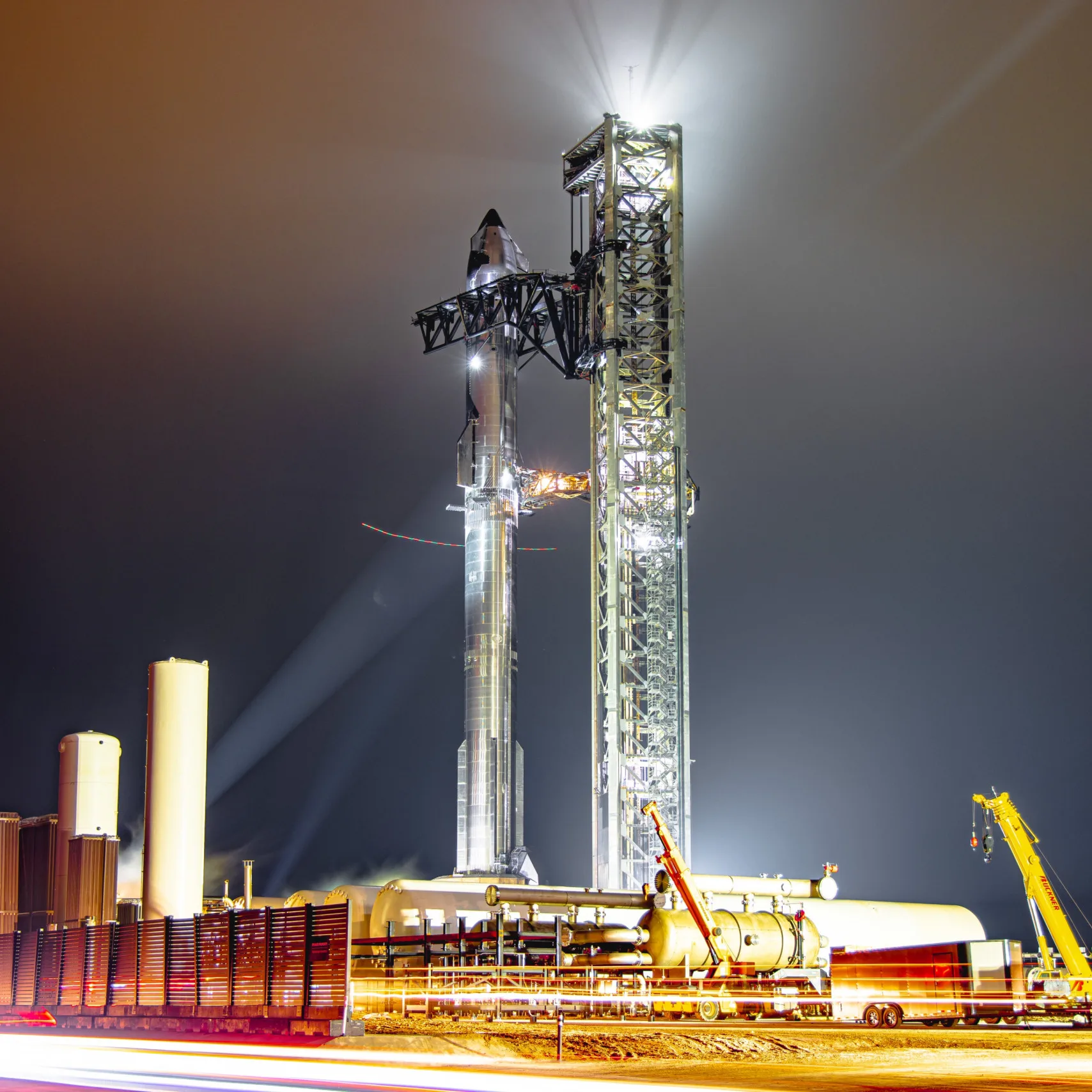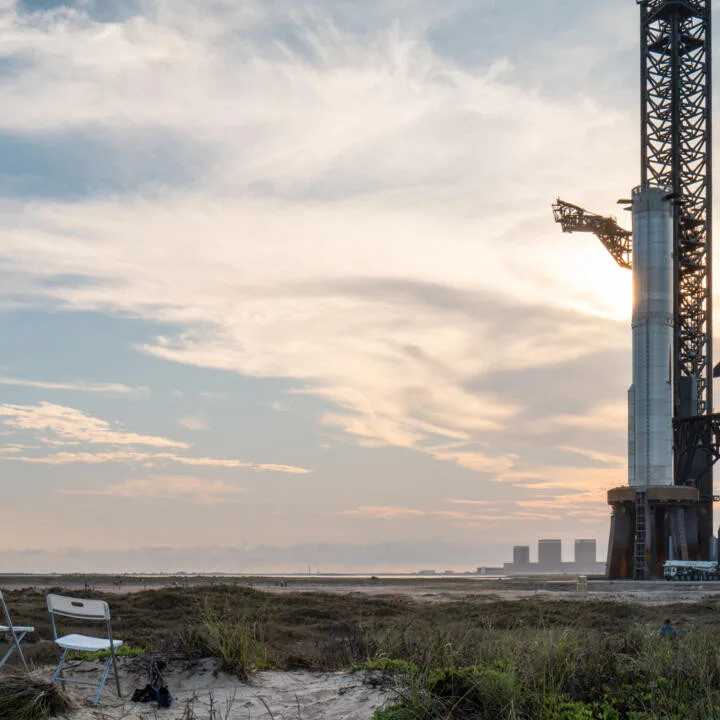In a highly anticipated event, SpaceX’s Starship took off successfully on January 16, 2025, after facing several delays. However, the launch ended in disappointment as the company lost contact with the spacecraft during its flight. The launch, which took place from SpaceX’s Starbase facility in Boca Chica, Texas, was part of the company’s ongoing efforts to demonstrate and refine the capabilities of the Starship system. SpaceX CEO Elon Musk had previously touted the importance of this test flight, stating, “This is a critical step towards making life multi-planetary.”
The Starship vehicle was designed to carry up to 100 tons of cargo to orbit and beyond, with the ultimate goal of facilitating crewed missions to Mars and potential trips beyond. Unfortunately, just minutes into the flight, telemetry signals from the Starship were lost, raising alarms at SpaceX’s control center. A spokesperson for SpaceX confirmed, “Our teams are working hard to understand what happened. Safety and transparency are our top priorities.”
The failed test flight came in the wake of delays attributed to technical adjustments and regulatory scrutiny from the Federal Aviation Administration (FAA). The FAA has been closely monitoring SpaceX’s launch operations, particularly after prior incidents that raised safety concerns. Following this series of events, Musk expressed his disappointment but emphasized the learning opportunities the flight presents. He remarked, “Every test is a leap towards achieving our dream of interplanetary travel.”
As the aerospace community analyzes the data from this latest test, the focus remains on the future of the Starship program and the hope that the lessons learned will bring the project closer to realizing interplanetary missions.












